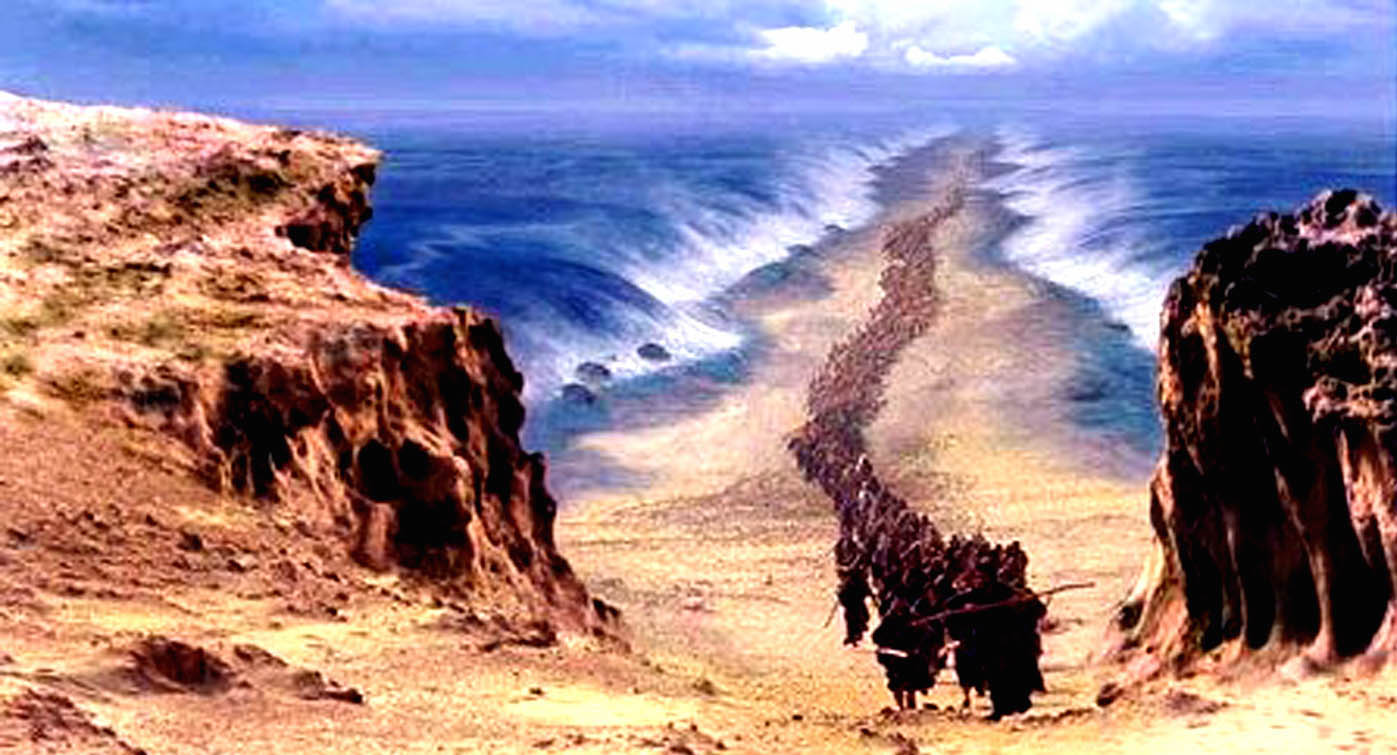by Rabbi Jeremy Kalmanofsky
מי כמוך באלים ה’ מי כמוך נאדר בקדש
Mi khamokha ba’elim, Adonay? Mi kamokha ne’dar bakodesh? Who is like You among the powers? Who is like You grand in holiness?
In Jerusalem, the holy city – may it be rebuilt, speedily in our days – there are many zealots. And no Jerusalem zealot is zealous like the zealots of the neighborhood of Meah Shearim. And no Meah Shearim zealot is as zealous as the passionate zealots of the Yeshiva of Toldos Aharon, known as “Reb Areleh’s Hasidim,” recognizable in their distinctive gold coats with blue pinstripes, and long earlocks.
R. Aharon [“Areleh”] Roth [1894-1947] was a Hungarian Hasid, so radical in his piety and vehement in his anti-Zionism that he and the Satmar Rebbe could not get along. (Now, that’s what Freud meant by “the narcissism of small differences.”) R. Areleh relocated to Jerusalem from Satmar in the first decades of the 20th century and even today his followers remain as intransigent as can be. If you hear stories about Haredim throwing rocks at Shabbat violators or immodest women, R. Areleh’s Hasidim are probably involved.
One of R. Areleh’s characteristic teachings was about maintaining faith, against all odds, against all doubts. For him, the story of crossing the Red Sea was a paradigm. What kind of faith does it take to walk into an ocean and cross it on dry land? That’s the kind of faith we should have in Hashem, to quit crying and wondering and doubting and just walk forward! Insane? Perhaps.
But one of my all-time best religious experiences was at Toldos Aharon, on the eve of the 7th day of Passover, traditionally identified as the day of crossing the Red Sea. R. Areleh’s Hasidim are renowned for their re-enactment of crossing the sea, in which the Rebbe wades into the throng of followers who splash water on him, and split into two halves, just like the Red Sea itself. When I attended during Pesach 1996, the Rebbe was old and infirm, not up to crossing himself, so they did it a little differently.
Some friends and I arrived around 11 pm, expecting a midnight event. Three hours later, we were still waiting. We talked with the young men about their lives and their studies. I recall they would not tell us the first name of the Rebbe, as it was thought that speaking his name would be overly familiar.
When the Rebbe finally appeared, there was an incomparable joyous roar. Mick Jagger never got such a roar. He raised his hand, and all fell silent.
Then the screaming began. A prayer leader began reciting the Shirat HaYam, phrase by phrase, with the hundreds of Hasidim repeating, phrase by phrase, at the top of the top of their lungs. Utterly unrestrained primal screaming. This is my God and I will beautify Him, the God of my ancestors, and I will exalt Him! Who is like You, among the powers? Who is like You, grand in holiness? I felt carried away out into the Red Sea’s current, out beyond sight of the land, out to liberation.
One of the Talmud’s famous tales is of Nachshon ben Amminadav [Sotah 37a]. While the people were too terrified to enter the raging Red Sea, Nachshon jumped in, fearless, and the waters split. An embellishment of that tale notes that in the famous mi khamokha verse, the first phrase has a “soft” guttural khaf, and the second a “hard” kaf sound. It goes mi khamokha then mi kamokha. Why? It reflects Nachshon’s wading into the water. He entered the sea, singing the shirat hayam as he walked. When he reached mi khamokha his mouth was still above water; by the time he hit mi kamokha, “the waters reached my throat” [Psalms 69.2] and he was choking and coughing and still walking forward, at which point the waters opened up.
I try to think of Nachshon and R. Areleh when I daven these words. I try to imaginatively locate myself at the seashore and pray for the faith. I try to summon from myself the emunah and bitachon, faith and trust, so that even when I have a terrifying journey before me, I can wade into the water, following God out of Egypt into the wilderness, toward the promised land.





